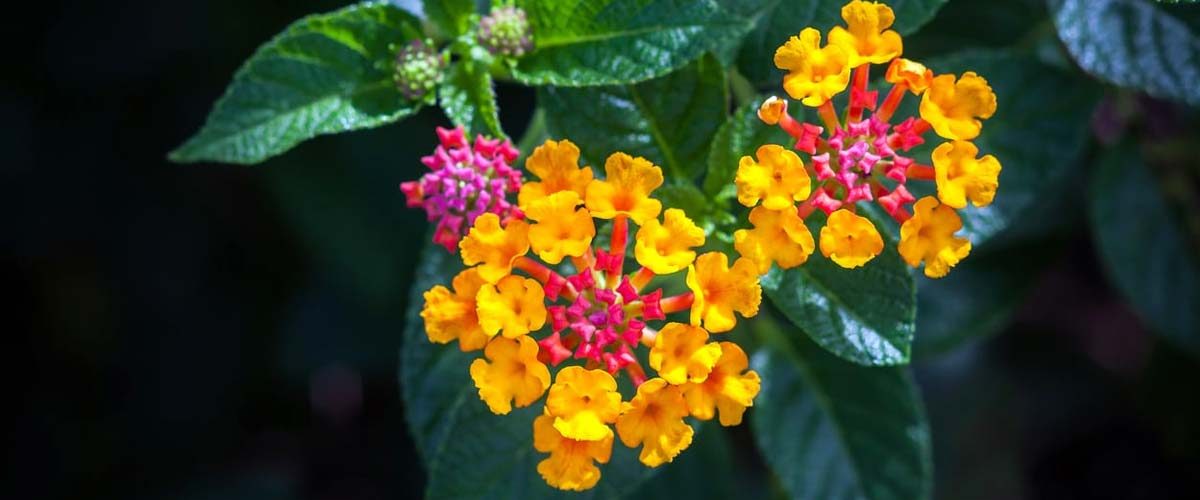Annegowda and his colleague, intrigued by India’s natural flora, investigated to develop a natural colorant with preservative action for the edibles. Published in the Asian Journal of Biological Sciences, they successfully found that the Lantana Camara species with high phenolic content acts as a natural colorant with preservative features, which prolong the use of the products and inhibit microbial activities.
“To enhance the aesthetics of food, beverages, and pharmaceutical dosage forms, companies add coloring agents to improve acceptability among the people,” reported by Annegowda, the corresponding author. The chemical composition of the coloring agent is either synthetic or natural origin. The scientist often designed and developed these agents with preservative action to prolong the shelf life and prevent microbial growth such as butylated hydroxytoluene, butylated hydroxyanisole, and sodium benzoate.
Despite the increasing demand for the coloring agent, physicians have reported adverse reactions: hypersensitivity, reproductive toxicity, genotoxicity, mutagenicity, carcinogenicity, gastrointestinal intolerance, and organ toxicity and allergic reactions, as well as deteriorating effects in children.
New insights and knowledge have diverted the scientist to integrate natural colorants derived from plants to overcome the carcinogenic effects. These natural products have potent antimicrobial and preservative action with nutritional benefit; hence, emerging as an alternative to synthetic antioxidants and colorants.
The team stated, “Lantana Camara L. is a top noxious weed plant from the tropics and sub-tropic region. The plant leaves and stems alkaloids exhibit cardiotonic activity, antipyretic, and antispasmodic activities, which proved effective in curing various diseases such as scabies, leprosy, and others.” However, his colleagues showed that leaf extract’s phenolic content produces specific inhibitory action against particular microbes such as E. coli, S. aureus, B. cereus, M. luteus, P. aeruginosa, and S. typhi.
Annegowda observed that the plant has woody stems and branches bearing spines and flowers of red, pink, white, violet, and yellow color. These are employed as colorants, mono, and sesquiterpene essential oil. Moreover, the team identified that the Pentacyclic triterpenes in the lantana extract were the primary derivative of good antimicrobial, cytotoxic, antifilarial, and antioxidant properties. Thus, the findings revealed the amount of phenolic content extracted directly correlates with free radical scavenging and reducing capacity.
















Add comment